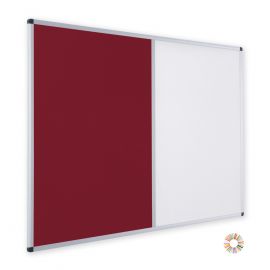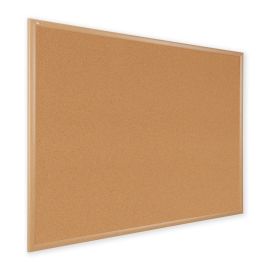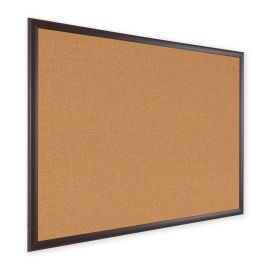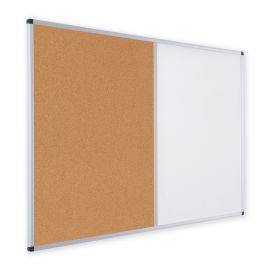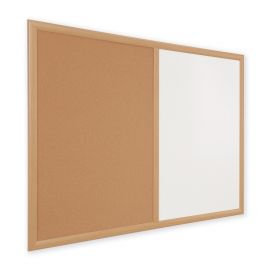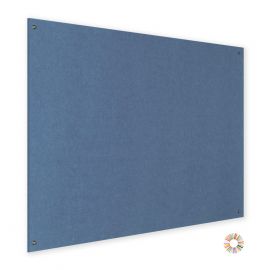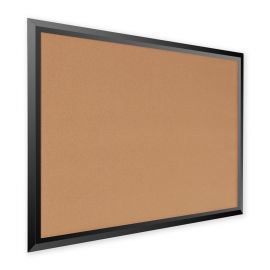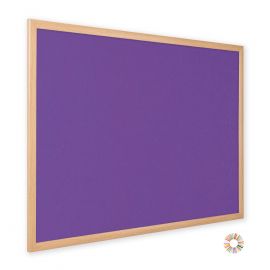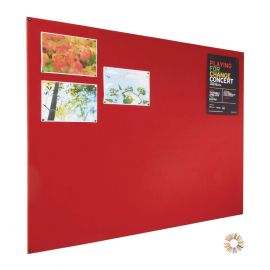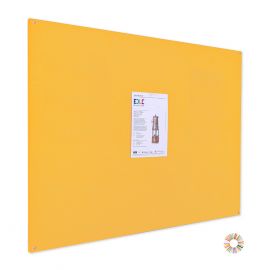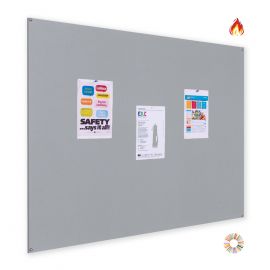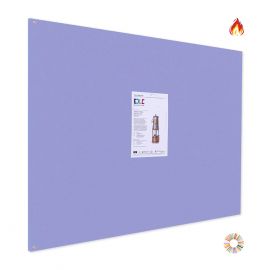Notice Boards: A Brief History
- 5 Mar 2023

Notice Boards: A Brief History
Notice boards, also known as bulletin boards, message boards, or information boards, have become an integral part of our lives, from schools and universities to workplaces and public spaces. They serve as a means of conveying information, announcements, advertisements, and more. Although they are ubiquitous today, notice boards have a rich and interesting history that dates back centuries.
This blog post aims to explore the evolution of notice boards, starting from their ancient origins in Rome, their use in medieval Europe, and their widespread adoption in modern-day Britain. We will also touch on the different types of notice boards, their importance in communication and organization, and how they have adapted to changing times and technologies.
The Origins of Notice Boards
The origins of notice boards can be traced back to the ancient Roman Republic, where they were known as albae or alba libellorum. These notice boards were made of white-washed wooden boards, and they were used to post public announcements, such as the results of elections and the schedules of gladiatorial games. They were also used to post legal notices, such as court verdicts and decrees.
The use of notice boards continued throughout history, with various cultures adopting their own versions. In medieval Europe, for instance, notice boards were made of stone and placed in public squares. They were used to post edicts and announcements by the local authorities, such as the King's proclamations and the church's announcements. In Japan, notice boards called engawa were used in the Edo period (1603-1867) to post public notices and advertisements.
The Evolution of Notice Boards in Britain
In Britain, the use of notice boards can be traced back to the medieval era. In the 12th century, the church used wooden boards to post announcements and schedules of church services. These boards were called parochial boards, and they were placed outside the church for the public to see. The boards were often adorned with religious imagery, such as crosses and saints, to make them more attractive and noticeable.
As literacy increased in the following centuries, notice boards became more widespread in Britain. In the 17th and 18th centuries, public notice boards were used to post advertisements for goods and services, as well as public notices by the authorities. These boards were made of wood or metal, and they were often placed in public squares, marketplaces, and other high-traffic areas. The use of notice boards continued to grow in the 19th century, with the advent of railways and telegraph services. Railway stations and telegraph offices had their own notice boards to post train schedules, telegraph messages, and other important information.
The 20th century saw the rise of new forms of notice boards, such as those made of cork and paper. These notice boards were easier to use and maintain than the older ones, which required hand-painting and regular upkeep. Cork notice boards, in particular, became popular in schools and universities, where they were used to post announcements, schedules, and other information for students and staff. By the mid-20th century, notice boards had become a ubiquitous feature of public spaces, workplaces, and educational institutions in Britain.
Modern Notice Boards
In recent years, the use of notice boards has evolved again, with the advent of digital technologies. Digital notice boards, also known as electronic message boards, have become popular in many settings, such as airports, train stations, and shopping malls. These boards use LED or LCD screens to display information, and they can be updated in real-time from a central control system. This makes them ideal for conveying up-to-date information, such as flight schedules, train delays, and promotions.
Despite the rise of digital notice boards, traditional notice boards remain popular in many settings. Cork notice boards, in particular, continue to be used in schools and universities, where they are valued for their durability, affordability, and ease of use. Public notice boards are still used in many places, such as community centres, local libraries, and government offices, to convey important information to the public.
Notice boards have also become a popular tool for personal organisation and communication. Many people use notice boards at home to organize their schedules, post reminders, and display important information. Notice boards are also used in social settings, such as clubs and societies, to post announcements, event schedules, and other information.
Summary
Notice boards have come a long way since their ancient origins, but their purpose remains the same: to convey information to a wide audience. From the white-washed boards of ancient Rome to the digital screens of modern airports, notice boards have evolved to meet the changing needs of society. In Britain, notice boards have played an important role in communication and organisation, from medieval parochial boards to modern electronic message boards. As technology continues to evolve, it will be interesting to see how notice boards will continue to adapt and evolve to meet the needs of a changing world.
If you enjoyed this article, you may also like…
- The Dos and Don't s of Notice Boards
- Why Frameless Notice Boards are so Popular?
- Improving Internal Communications with Notice Boards
- Why Do Business Environments Need Notice Boards?

